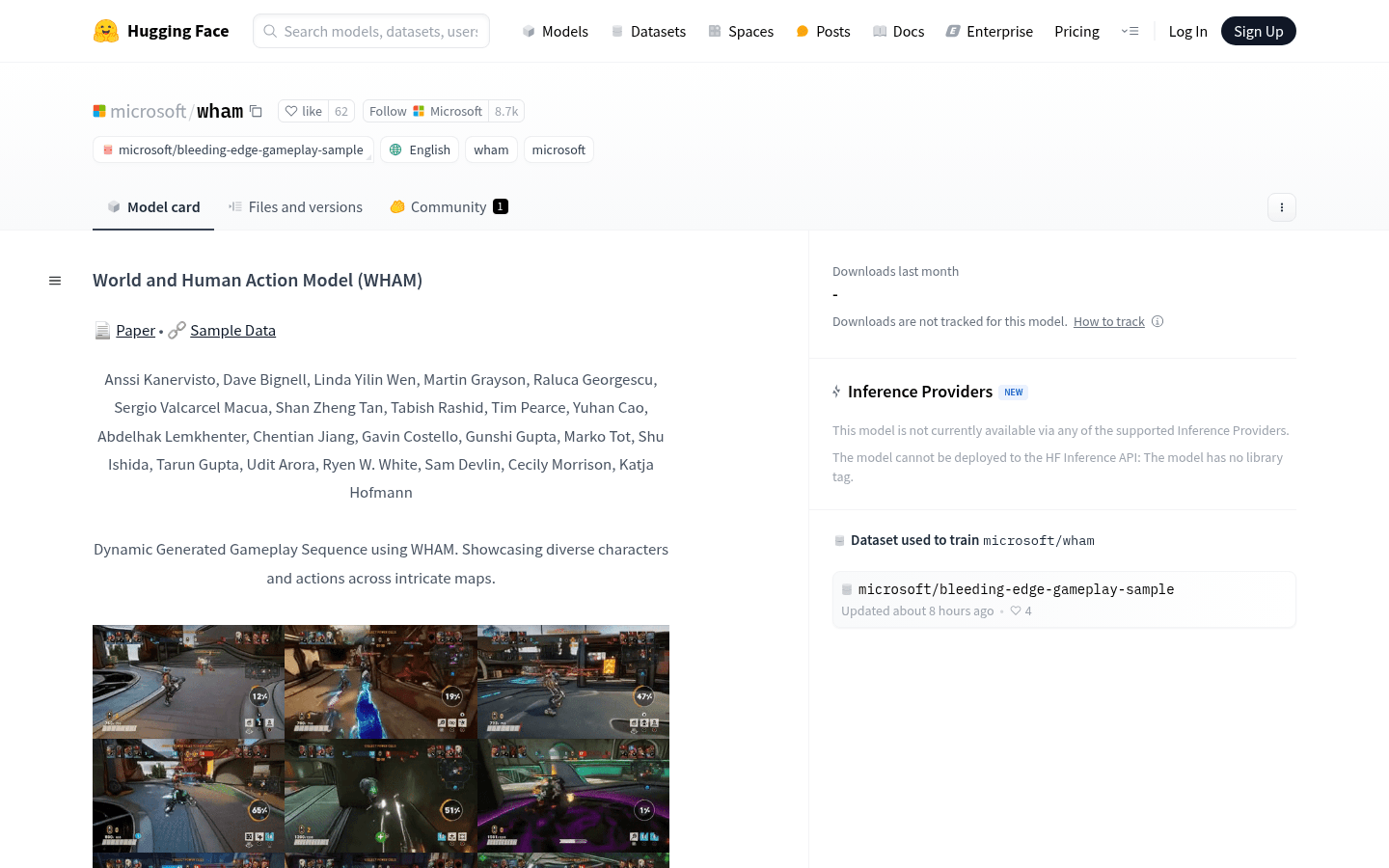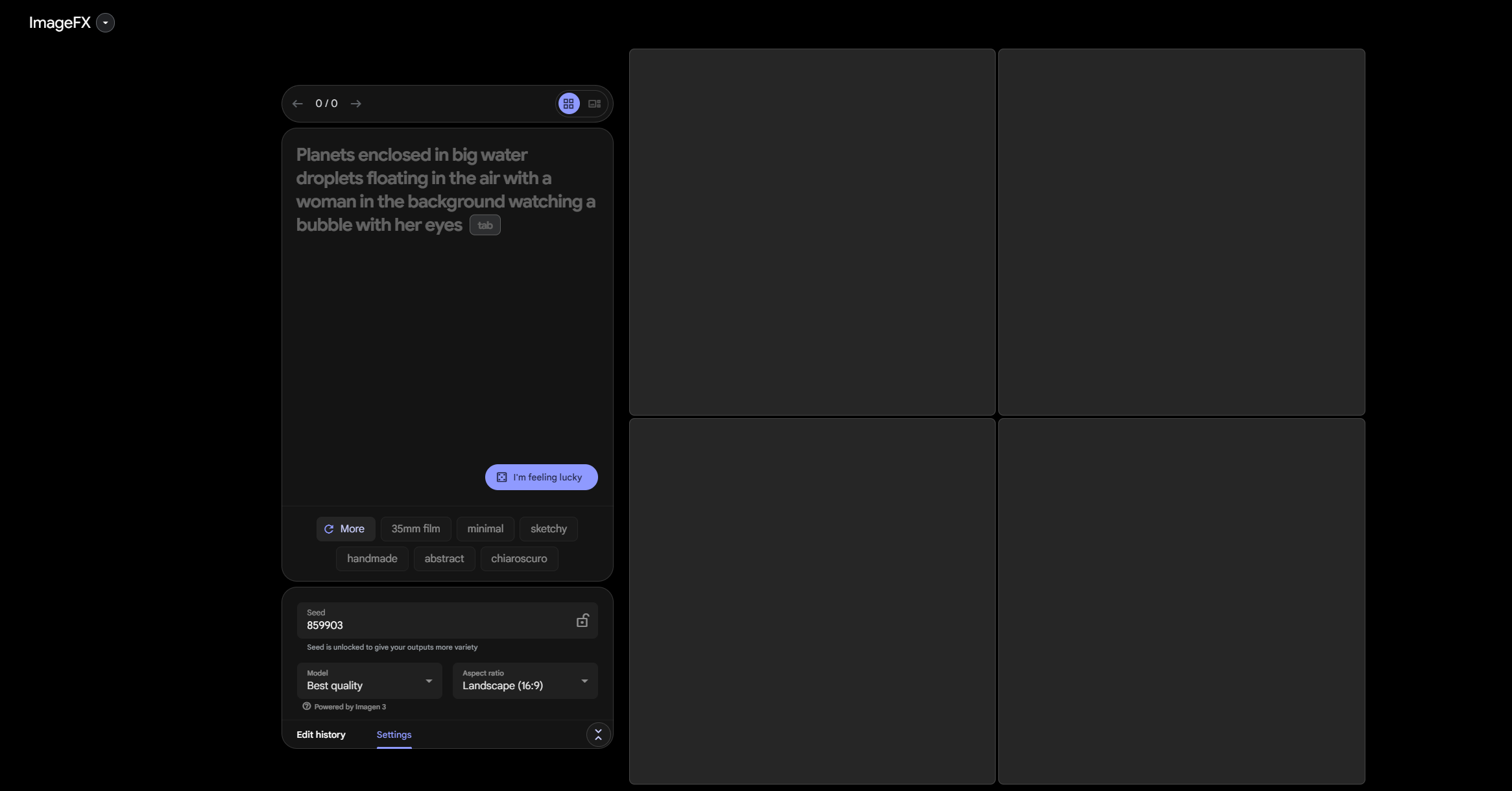
WHAM (World and Human Action Model) is a generative model developed by Microsoft Research, which is specifically used to generate game scenes and player behaviors. The model is based on Ninja Theory's Bleeding Edge game data training, and can generate coherent and diverse game vision and controller actions. The main advantage of WHAM is its ability to capture the 3D structure of the game environment and the time series of player behavior, providing a powerful tool for game design and creative exploration. This model is mainly aimed at the fields of academic research and game development, helping developers iterate game design quickly.
Demand population:
" WHAM is mainly aimed at game developers and researchers, helping them explore the application of generative AI in game design and quickly iterate the creativity of game scenes and player behavior."
Example of usage scenarios:
Use WHAM to generate character actions and scenes in the Bleeding Edge game.
Model reasoning based on WHAM provides creative iterative support for game design.
The generated game vision and controller actions are displayed in real time through the WHAM demonstration tool.
Product Features:
Generate game vision and controller actions
Supports three modes of world modeling, behavioral strategy and complete generation
Capture the 3D structure of the game environment and the time series of player behavior
Two model scales (200M parameters and 1.6B parameters) are provided to meet different needs
Supports game sequence generation through initial visual or controller actions as prompts
Provide local model inference and demonstration tools
Assess the consistency, diversity and durability of the model
Supports academic research and game development for a variety of application scenarios
Tutorials for use:
1.Clone WHAM 's GitHub repository and set up a virtual environment.
2. Download the model weight file (200M or 1.6B parameter model).
3. Prepare sample data or use the provided sample data.
4. Run the local model inference script to generate the game sequence.
5. Use the WHAM demonstration tool to connect to the model server and display the generated results in real time.
6. Adjust model parameters or prompt input according to requirements to explore different generation effects.



